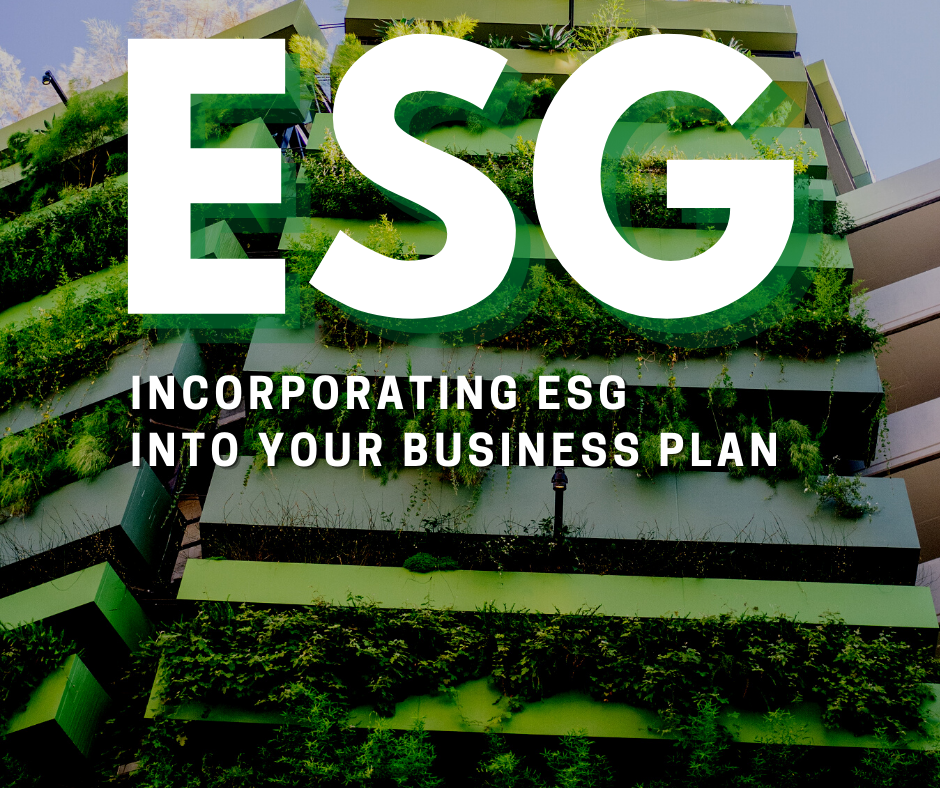3 Aug. 2023

In our previous blog, we discussed the ins and outs behind ESG, explaining the importance of the term and its practices as well as the anticipation as to why it is so important today.
Next up on our ESG series, we’re going to dive into how ESG can be incorporated into your business plan.
But, just before we continue, if you haven’t read it – check out our previous blog here and familiarize yourself with all the basics:
Now more than ever, it is time for companies to act on Environmental, Social, and Governance (ESG) issues. Not only is it crucial in today’s modern world, but consumers are also personally and emotionally invested in supporting companies who have a purpose-driven brand, incorporating as many ESG factors into their business plan as possible.
Many consumers are looking for environmentally responsible organizations while others are more focused on finding companies that prioritize ethical practices or create work opportunities in underrepresented areas.
First, define what it is that your company does and match your mission with the right ESG component accordingly. Instead of changing your business plan or company values, simply embed your ESG priorities within your corporate strategy.
Gathering accurate and relevant information for ESG strategies is a crucial step to creating a successful plan. Create key performance indicators and time-bound targets that your business is trying to reach. Evaluate current data and decide which ESG areas of your business plan need improvement and go from there.
Assess your partners and collaborators and ensure that everyone you are working with is on board with your new ESG strategy.
Once again, consumers love ESG! Make sure you communicate your brand’s ESG vision clearly in order to win consumer support and showcase how your strategy is trying to make a change and adapt to all of the challenges that our world is facing.
Stay transparent and create a community! People want to follow your sustainability journey. Your story will also make you stand out among competitors and give you an edge over companies that are not on board with ESG!
In order to provide value in a net-zero environment, organizations need to strengthen their operations in order to lower carbon emissions. This can be done by adopting new technologies and sustainable practices!
Plus, technology is changing all the time based on our needs. Make sure you stay on top of the latest trends and incorporate them into your business model!
ESG factors will play a vital role in long-term value creation. The prioritization of stakeholders and long-term value creation is achieved when the entire organization is aligned with the ESG agenda.
Our business plan takes every aspect of ESG criteria into account, with an increased focus on the “E,” or the Environmental aspect.
Our Climate Intelligence platform strives to increase sustainability, lower carbon emissions, and leave a cleaner carbon footprint. As we continue to refine and upgrade ESG principles into our business plan, we urge you to do the same!
Incorporating ESG practices into your model may take a bit of time but the benefits and overall purpose behind it make it more than worth it. It’s time for every company to take ESG into consideration when creating or modifying their business plan.